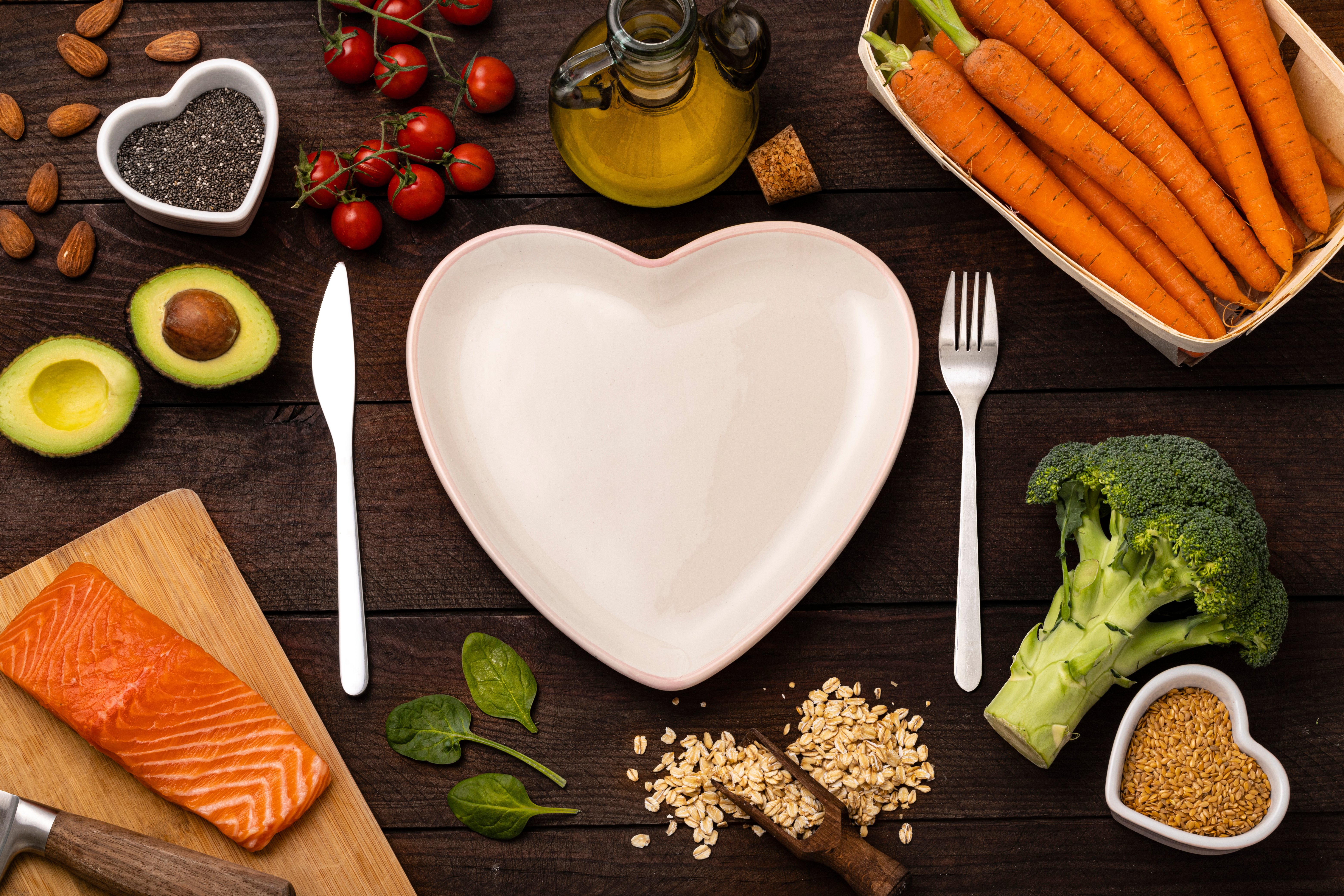February is Heart Health Month, which means bringing awareness to the different ways that everyone can become more conscious of their cardiovascular health. One area that might be most confusing is “heart healthy” grocery shopping. How can someone know how to shop for their heart and general health when such a wide variety of products line the shelves? Here are 5 shopping tips to help you navigate and support your heart health when you enter the grocery store.
Stick to Your List
With the prices of groceries getting up there, the best thing you can do when going to the grocery store is to have a plan. This helps you from splurge purchasing random items you don’t have a plan for, or that might be more heavily processed foods that tend to be high in fat, sugar and sodium.
Read the Nutrition Facts Label
Looking at the back of food packages can give you the best insight into the nutrition profile of a food. The items on a nutrition label that are most pertinent to heart health are saturated fats, trans fats, and sodium as excess intake of these nutrients can lead to increased risk of heart disease. The American Heart Association recommends limiting saturated fat intake to 5-6% of total daily caloric intake. The standard recommendation for sodium intake is 2300 milligrams per day and 1500mg for a heart patient.
Notice the "added sugars"
Added sugars are sugars that are added to foods during processing, not to be confused with naturally occuring sugars in foods like fruits and milk. Excess intake of dietary sugar can raise blood pressure and increase chronic inflammation, both of which increase an individual’s risk of heart disease. The American Heart Association recommends limiting added sugar intake to less than 25 grams per day for women and less than 36 grams per day for men. Top sources of added sugars include soft drinks, fruit juices, flavored yogurt, cereals, cookies, cakes, candy, and most processed foods.
Choose Frozen and Canned When Fresh Isn't Practical
It is understandable that fresh fruits and vegetables cannot be used for every occasion, whether it be due to the price, season, or shelf life. When fresh cannot be utilized, it is best to choose frozen or canned fruits and vegetables. Frozen and canned fruits and vegetables often maintain their nutrients when compared to fresh. When you’re reading the label, here’s what to look for: “low sodium”, “no salt added”, “packed in water”, “packed in 100% juice”, and as close to the simple ingredients that are the main ingredient in the bag.
Look for the Tags/Attributes on Our Price Tags
At our grocery stores, we utilize health tags that help you spot foods to support heart health. Look for foods with the health tags “Heart Lifestyle”. Items with this label are low fat, low saturated fat, low cholesterol, and have 480 milligrams or less of sodium per serving. Looking for this tag can help you make better purchasing choices to support a happy heart.









